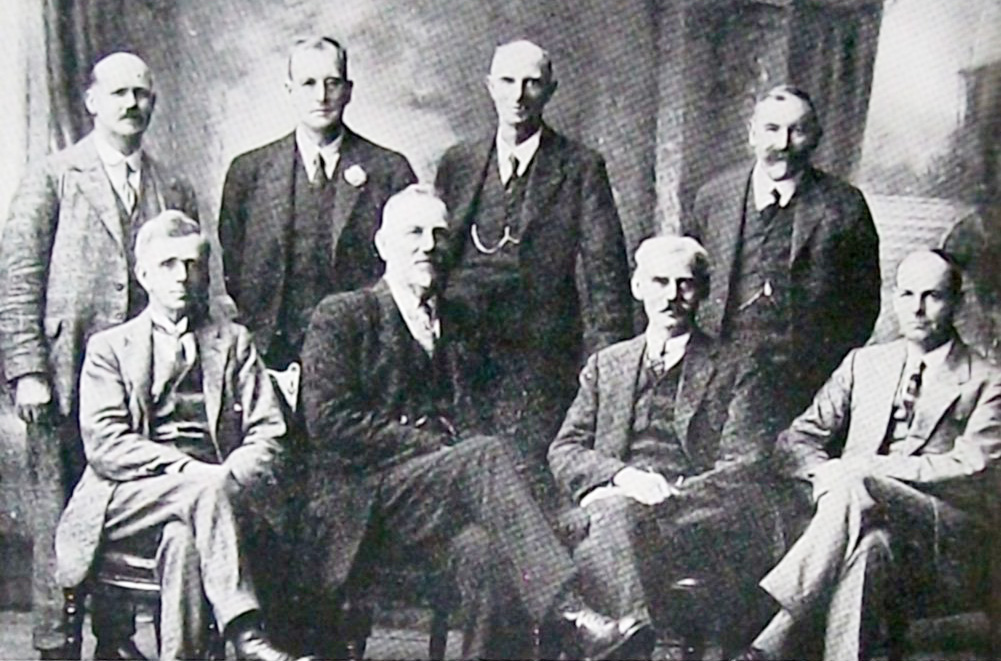

Boiling lidded tins dangerous
To the editor: Sir, May I draw attention to the dangerous practice of boiling water in tins with jam lids, such as syrup tins, which make good substitutes for billies. It seems incredible that boys and girls who have passed through our schools should be ignorant of the danger of such a practice. A case of this sort being the fourth that has come under my notice, one of which almost proved fatal, occurred in Dunedin last week. In this case the victim was very badly scalded. The lids of these tins fit so tightly that there is no indication when the water is boiling. Meanwhile the pressure steadily increases, and eventually an explosion takes place, the contents of the tin being thrown on to any unfortunate person or persons who may be standing over the fire waiting for the water to boil. One may easily imagine what the result would be if the contents of, say, a 7-pound tin were precipitated into the face of a bystander. A small hole punctured in the lid is all that is required to avert an accident.
A word from teachers to school children on this subject may not go amiss.
— I am, etc, W.G. Reid
Island lake no mystery
To the editor: Sir, I notice that an interesting article (ODT, January 17) makes some reference to the lake on Pigeon Island and asks for further information. This lake is situated on a ledge on the south end of Pigeon Island, 410 feet above Lake Wanaka, and it must be 50 to 70 feet below the summit of the island. There is a perpendicular cliff about this height just above the lake. This gives a catchment area of anything from 50 to 60 acres, and the rainfall — 36 inches last year — is amply sufficient to fill up this lake to overflowing all the year round. There are quantities of water trickling down the cliff in wet weather. Of course, the rainfall that would raise Lake Wanaka would raise this lake also. The water has a bad, swampy taste, and this, I think, is further proof of its drainage origin. When you think it all out and figure up the depth of Lake Wanaka, the idea of a fissure in the rocks down the mountain sides and under Wanaka up to this lake is not feasible. Years ago, the water in this lake had a brown tinge, but when I sighted it again, nearly a year ago, it seemed to have a greenish tinge.
— I am, etc, Richard Norman
Polio extension for tickets
Railway travelling, even at the reduced excursion rates, represents a considerable item to families. Consequently there has been some inquiry as to the position should the infantile paralysis outbreak render it impossible for children — and, therefore, those accompanying them — to return by the time the final day for using tickets arrives. From inquiries made locally, there seems every probability that those on holiday in the North Island will not find themselves suffering through unfortunate circumstances.
— ODT, 28.1.1925 (Compiled by Peter Dowden)












